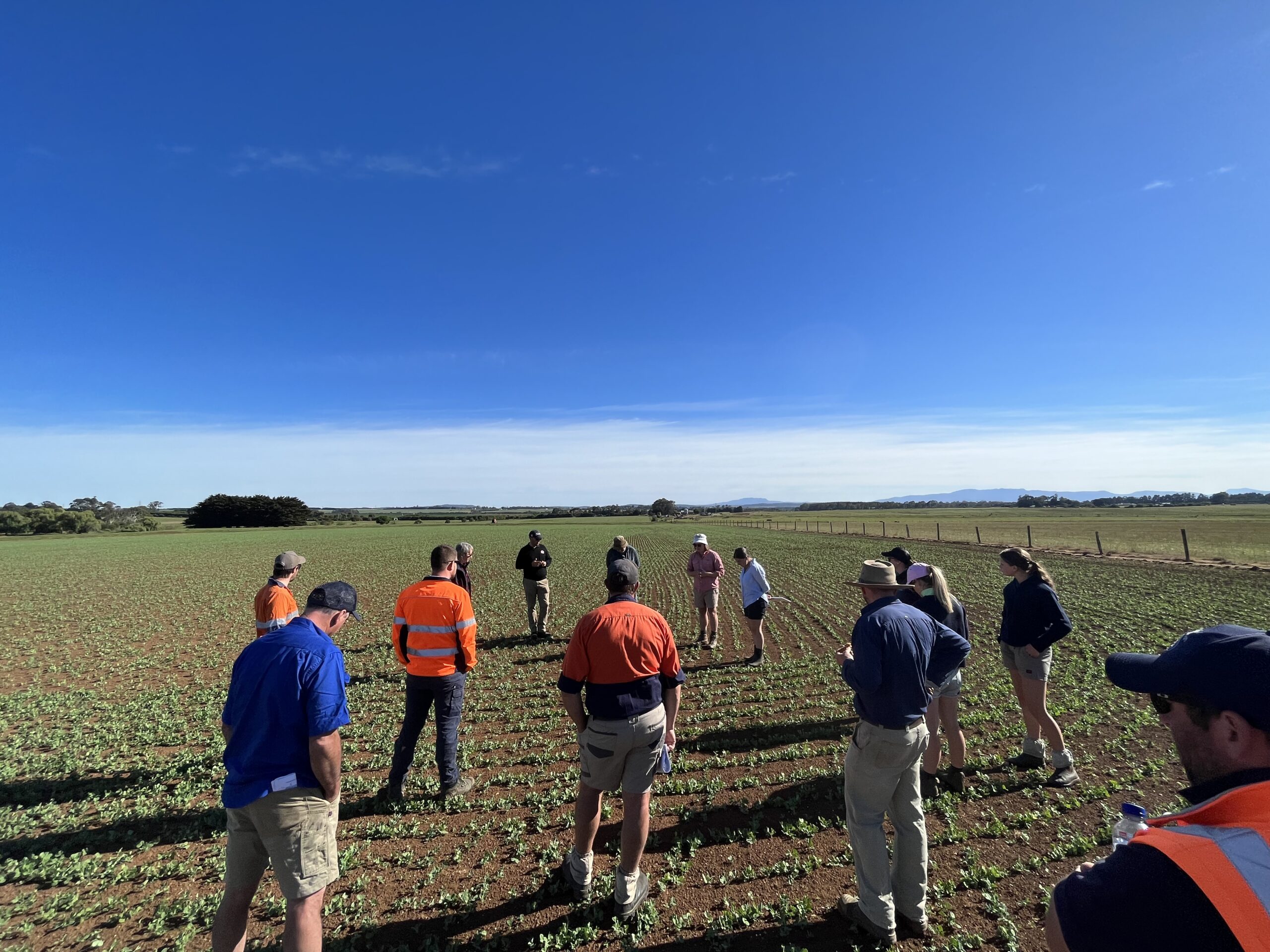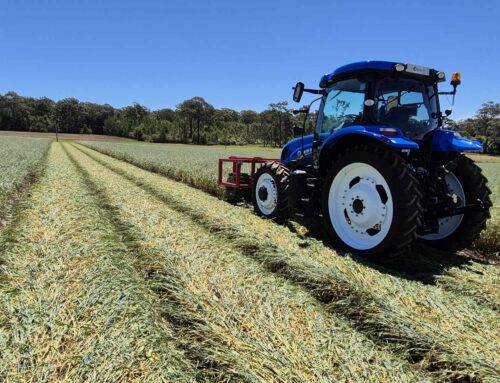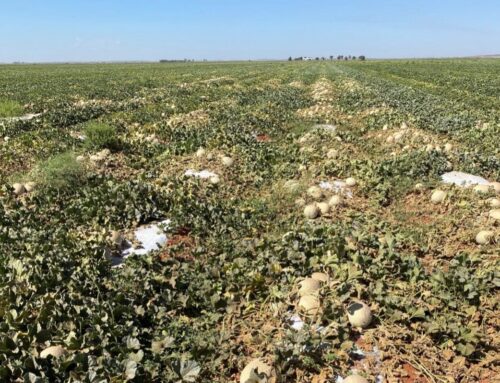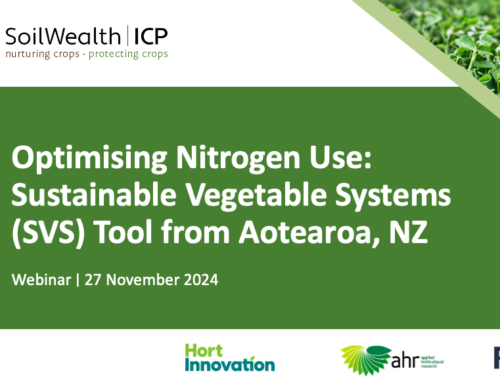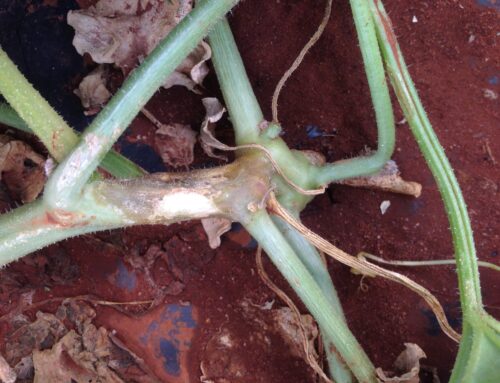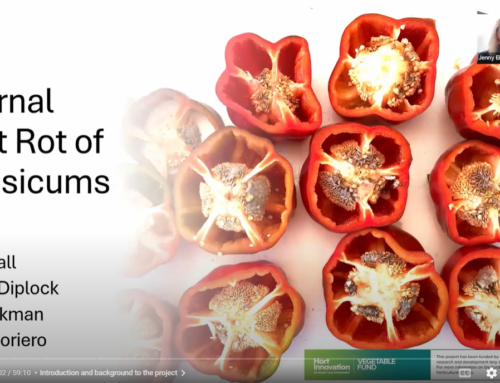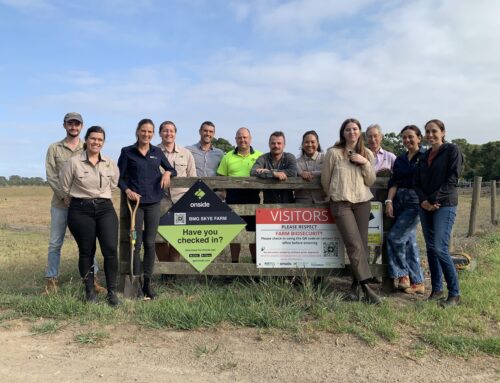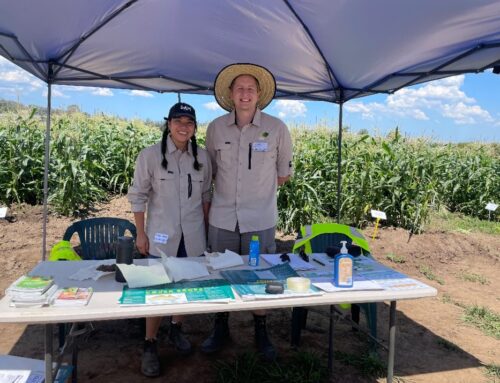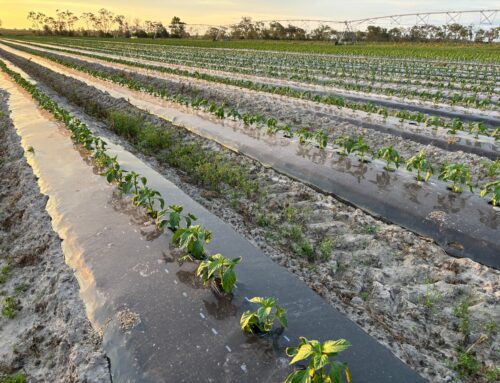Tasmania grows approximately 99% of Australia’s processing peas for Simplot Australia. Peas are grown in a range of soils and climatic regions throughout the state. They are a beneficial rotational vegetable crop for many Tasmanian farming systems; for instance, other vegetable crops, poppies, grains, seed crops, potatoes and pyrethrum. Most pea growers also run livestock so that pasture can be part of the rotation. Pea crops can be a good source of organic matter and nitrogen with a positive effect on soil health, similar to a cover crop.
With input costs rising faster than grower returns for pea production, it is becoming a more marginal crop to grow – if the positive effects on soil health are not considered. Therefore, Simplot’s field and research team and a group of contracted growers wanted to investigate which factors were driving high pea yields and understand what factors would prevent a pea crop from reaching its full potential.
VegNET Tasmania and the Soil Wealth ICP project worked with Simplot staff and 12 pea growers in the Cressy, Hagley and Epping Forrest regions to collect, analyse, and benchmark crop data and share observations and experiences during the 2023/24 season.
This case study presents which data has been collected and the common factors that led to good pea yields in the selected regions in the 2023/24 season.

